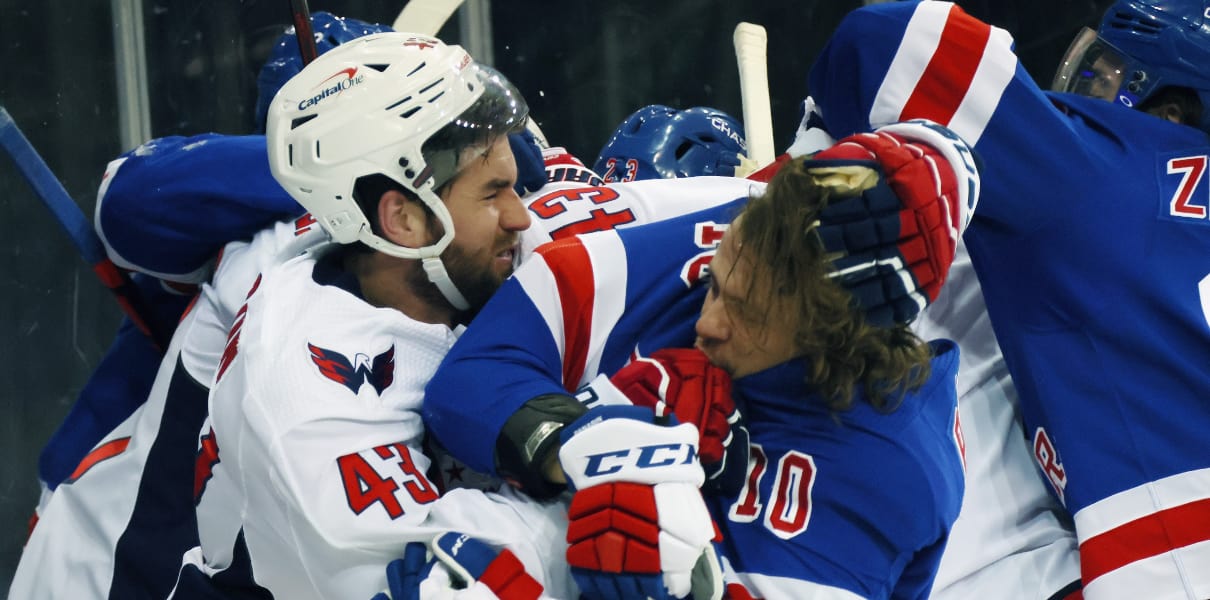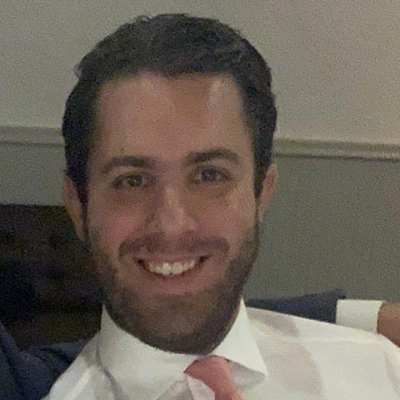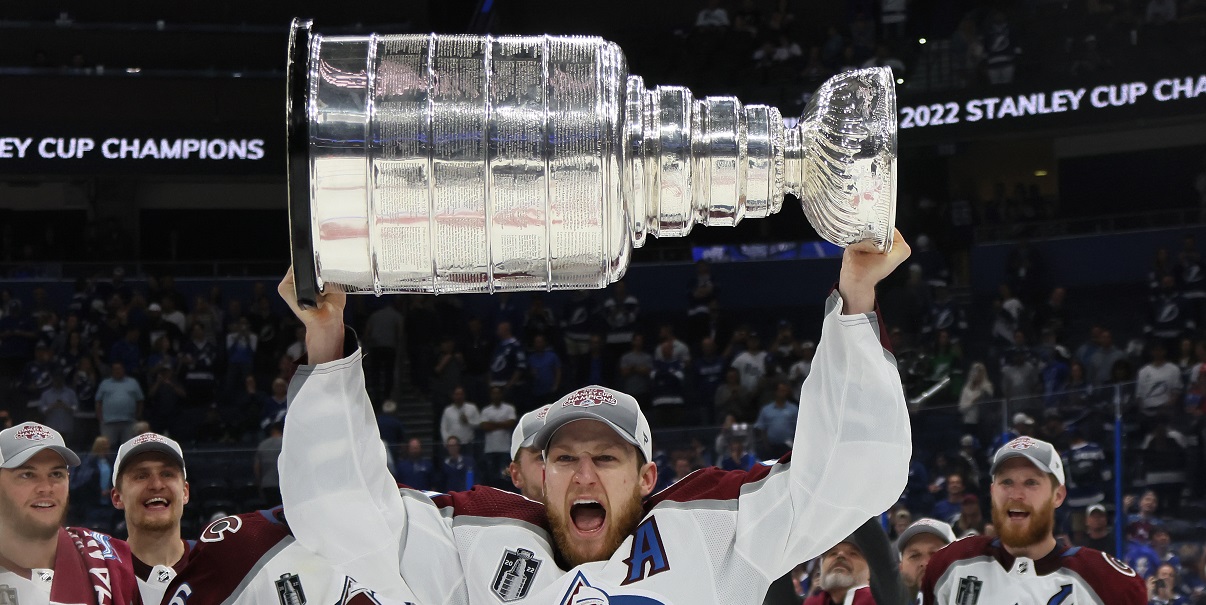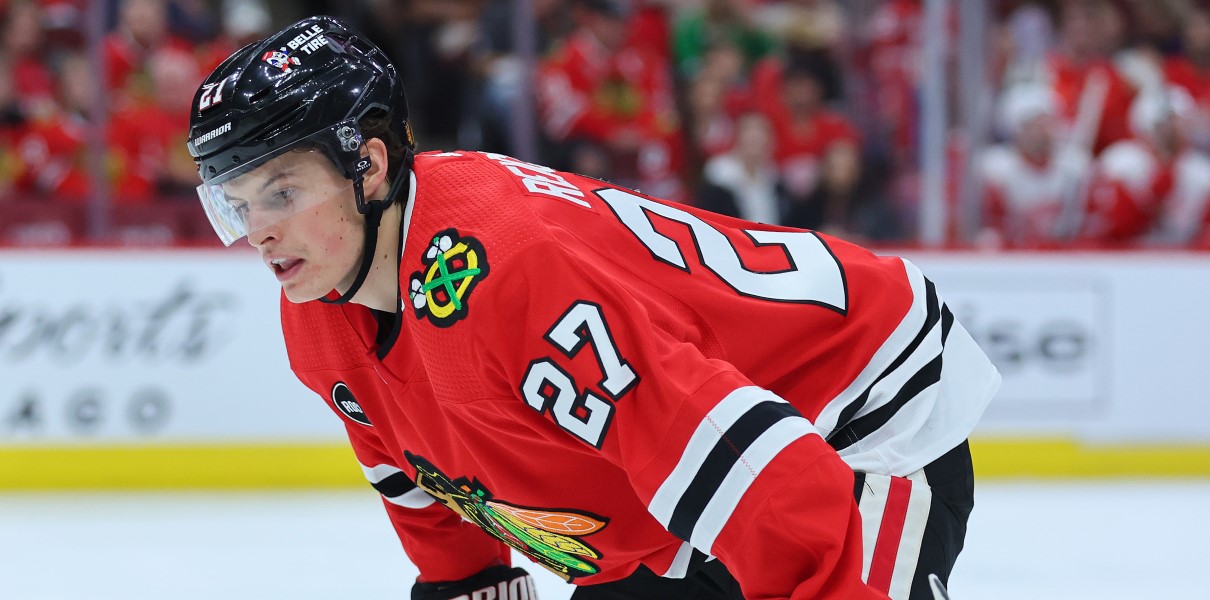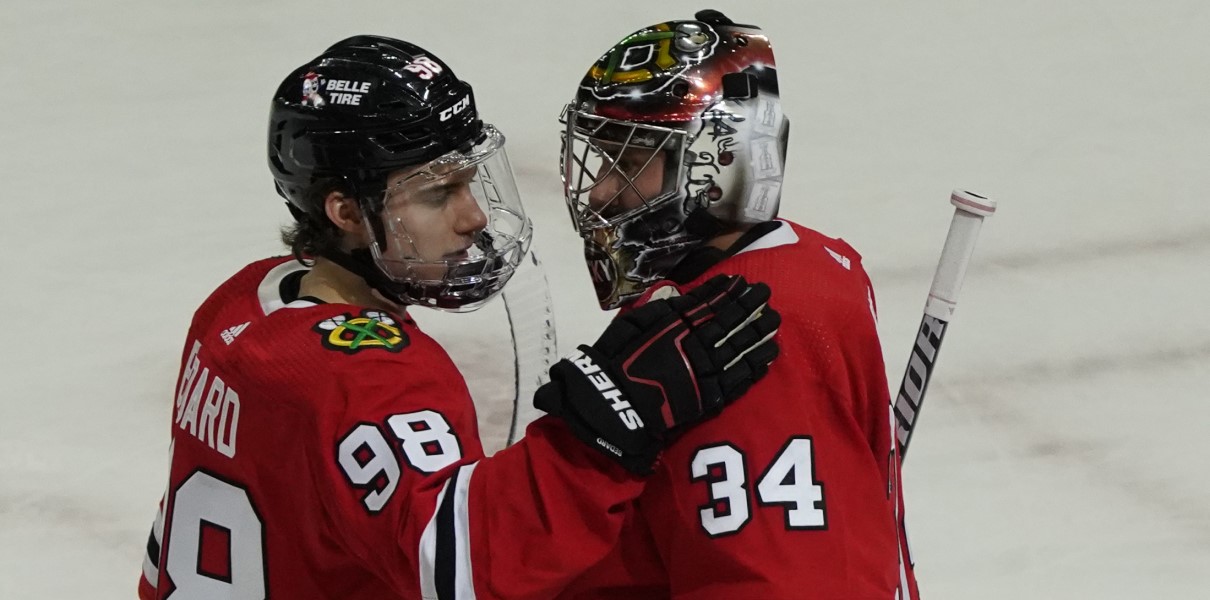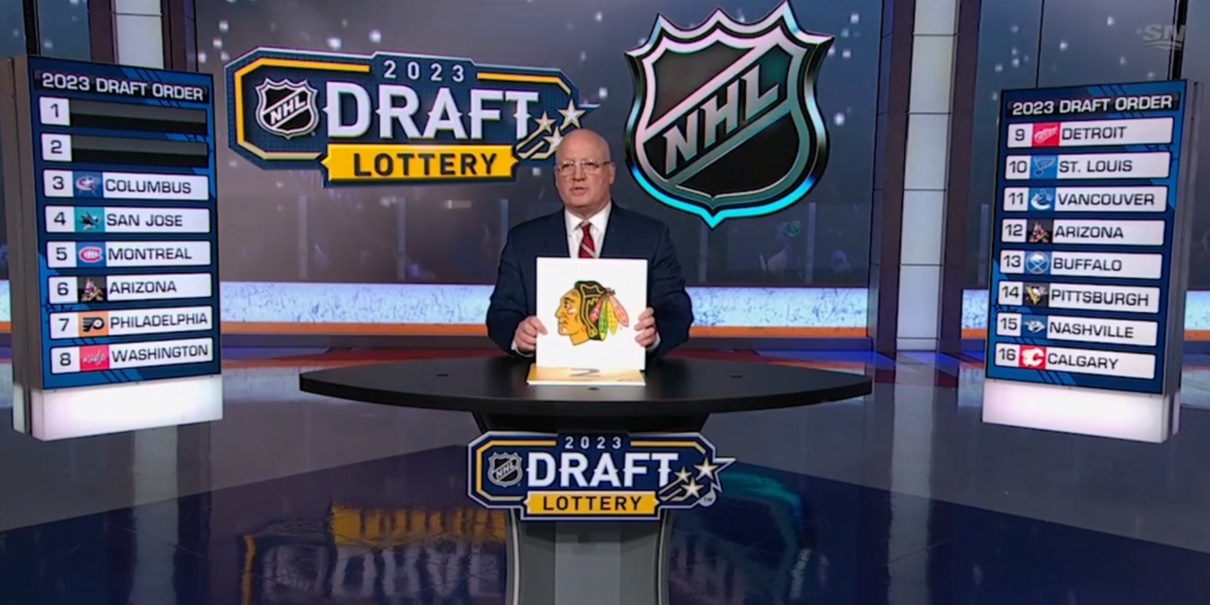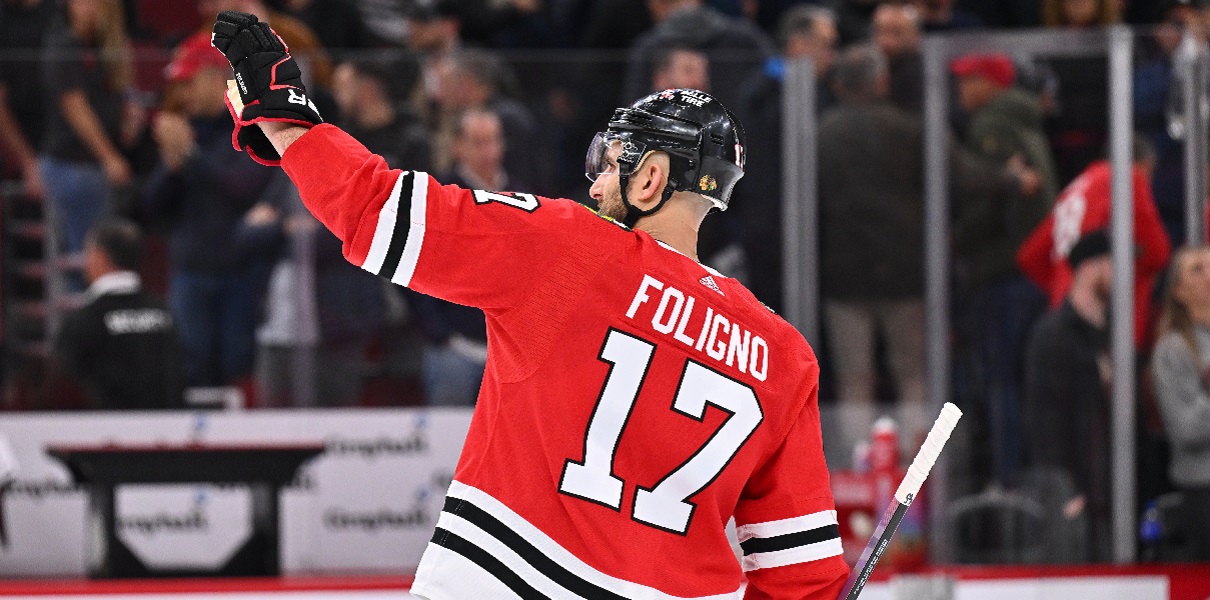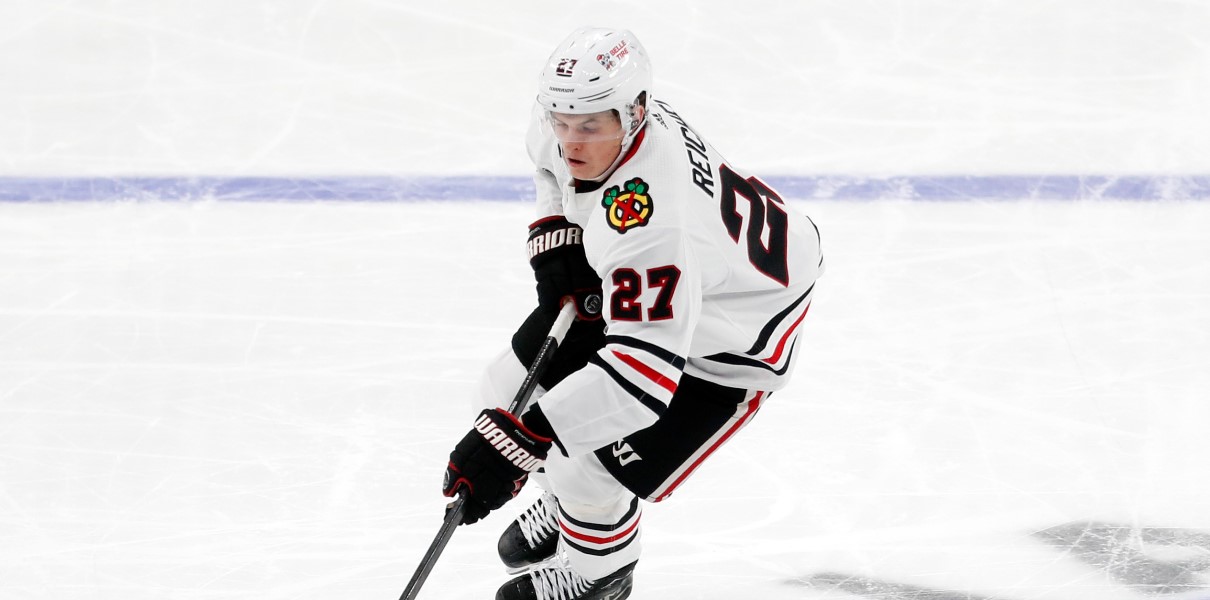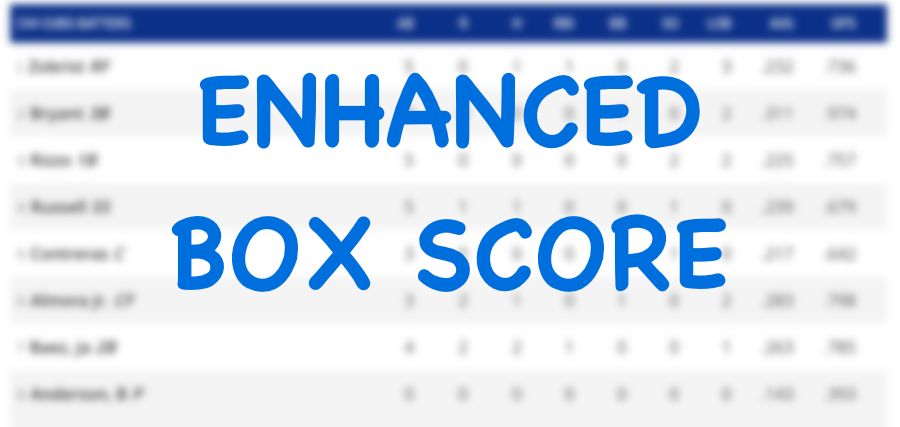When the Blackhawks introduced the new leaders of their front office, one of the ideas they presented was an overhaul of the organization’s analytics development, use and tracking. We were told they were going to build a new system from the ground-up to grab the date they deemed valuable and present it in a way that was applicable to the on-ice product.
Throughout the season, when asked about the progress on this ambitious project, it’s always been referred to as “in progress.” On Friday, Phil Thompson of the Chicago Tribune reported that progress is moving, and the Blackhawks are building a collection of data that will inform their rebuild progress.
And the good news is the coaches are part of the conversation. This isn’t the front office identifying what they see as valuable data; Luke Richardson and his staff have a say in what they’re tracking.
One of the first requests Richardson made was to study turnovers at both blue lines: how it affects their offensive zone time and how often they turn into Grade-A chances for opponents.
“Luke has been a great resource in terms of what are our coaches looking for,” associate general manager Jeff Greenberg told Thompson. “How have they seen it done in the past? What are the things we can look to replicate or maybe improve upon, expand upon what’s worked, what hasn’t worked?”
Thompson also noted that Richardson brought some ways data was weaponized in previous stops on his path to becoming the head coach in Chicago.
“In our Stanley Cup run in Montreal (in 2021), we kept tabs on certain things in certain areas,” Richardson said. “I showed him the sheet and percentages where the team should be — above 75%, 80% in certain categories — and when you put them all together, it really went together well with how well we did.”
According to Thompson’s reporting, the Blackhawks have developed an app for the coaches to use that will track data from prospects as well, making the information available on their phones or computers.
At the NHL level, one of the areas of interest to Richardson — not surprisingly — is what the head coach called “hard action.” Richardson described those plays as making things happen with authority, whether you’re a bigger player like Jarred Tinordi or a lighter player like rookie Lukas Reichel.
“Doesn’t mean (you) run a guy over at center ice,” Richardson told Thompson. Even a guy like (Lukas) Reichel — a lighter player but has a strong stick — can he get there quick and as the guy’s turning, go hard through his hands, steal a puck and go? That’s a hard action.
“Or if a player turns away from the puck and it stays in, “that’s a minus on a hard action. So you keep track of that.”
Thompson also cites Connor Murphy talking about some of the tech the organization is employing to track player movement. I’ve seen some of the pieces that are collected after practices, and Murphy’s assertion that they’re “like a FitBit” is accurate. The Blackhawks are tracking everything from players’ heart rates to their speed and quickness on the ice.
That data is then used to inform practice habits; a “hard” game might be followed by an off day or a lighter practice. “Load management” might have become a negative term in some areas (NBA fans seem to hate it), but the Blackhawks are using it to keep their players in the best physical position to play their best in games.
And, according to Greenberg, the Blackhawks are “looking at new ways to use the puck and player-tracking technology the NHL launched in 2020.”
“That’s one of those areas where a lot of the information in that space we’re still trying to figure out what exactly it’s telling us, how we can use it most effectively,” Greenberg told Thompson.
As you might imagine, there’s a ton of data the league and team can collect from game action. How they use it is up to the organization. The Blackhawks are still in the process of building the sets they care about and identifying how to weaponize that to build a better team.
I love that they’re already building analytics around the prospects they have drafted and signed so they can coach specific areas. We’ve heard from different prospects along the way this season here and from other outlets when asked about how they’re being supported by the Blackhawks in their path to the NHL.
Data is going to continue to be king in professional sports. It’s encouraging that the Blackhawks are making this progress. How they use it to shape the future of the NHL roster will be fascinating; they’ve already identified players like Sam Lafferty who might not have had an opportunity previously who became viable, valuable NHL players in Chicago. How they continue to find gems in other organizations and perfect the prospects they draft and acquire will be the sauce that makes this rebuild work.




